Stuart and Linette Smith have had the Chord DAVE DAC sat on their rack for the best part of a year now and don’t want it to go  home. Find out why.
home. Find out why.
I remember being at the High-End Show in Munich a couple of years ago and John Franks the MD and Chief designer from Chord Electronics announcing the launch of their new DAC, DAVE in a hail of superlatives which frankly I greeted with a degree of caution. Indeed, the name alone screams overkill, with DAVE standing for Digital to Analogue Veritas in Extremis…digital to analogue truthful in the extreme. I needn’t have been so concerned and I’m going to do this review, to use the vernacular of my home town, a bit arse about tit and say that Chord Electronics’ DAVE is indeed the most accurate DAC I have had the pleasure of using in our system – you can, if you like stop right there. My current reference, the fully loaded Lampizator Big 7, is certainly no slouch in terms of sheer musical enjoyment, but when it comes to accuracy and High-fidelity it is left somewhat in DAVE’s wake…but more on that in a short while.
CONSTRUCTION AND FEATURES
DAVE arrives in excellent packaging, has an easy to follow set up guide and within seconds it was on the rack and looking a little lost in the place where the Lampizator had sat – DAVE is not a big bit of kit in its raw form measuring just 333.5mm wide, 71mm high, 154mm deep and weighing in at 7kg – I had some pretty hefty cables hanging out the back of DAVE and it never budged a millimetre. You can of course add the dedicated rack which adds to the cost but, in fairness, I think adds to the aesthetics of the unit. Speaking of aesthetics, DAVE does divide opinion somewhat with its rounded off, oblong shape of its Choral range counterparts and porthole style LCD display. I like its looks and it is frugal on rack-space-taking should you be limited in that department. On the top of the unit you have a wave shape of holes drilled in the aluminium chassis that presumably allow heat to be dispersed. You have four solid buttons that move you around the LCD display, allowing you to select which settings you would like, change input and screen colours and a volume knob which can be used to mute DAVE when pressed. It’s simple, it’s intuitive and it all feels very well put together. On the front is a properly sized quarter inch headphone output and that’s your lot.
Also included in the box is a remote which is functional rather than anything glamorous and I would have liked the option to have a remote that echoed just the functions of DAVE itself and perhaps made from the same materials, but I’m guessing that the included remote will also work with other Chord Electronics’ products and adding a posher unit (I was thinking along the lines of the Devialet remote) would inevitably add substantially to the cost. Needless to say, Chord Electronics are not alone in skimping a little on the remote but it does work fine.
Round the back of DAVE and reading left to right you have a pair of balanced XLR and unbalanced RCA outputs, A USB 2 input, 2 BNC Coax digital inputs, an AES balanced XLR digital input, a pair of optical inputs, two more BNC inputs, four DX digital outputs and then the power input and switch. The DX digital outputs are for use with Chords digital amps, but were not used here.
The bright and very easy to read LCD display shows in the top left the sample rates and changes colour accordingly, whilst also displaying the chosen input. Next to this quarter of the display you have the volume in dB and then a centre area where you can choose which of the four menu options you want to change – these are PCM/DSD, the Phase, HF filter and display mode. At the bottom of the screen you are shown whether the DAVE is in headphone mode, DAC mode or Digital Pre-amplifier mode, which is again all pretty logical and easy to fathom after only scant perusal of the user manual. Hit Display Mode and you get to choose between the four modes, with mode 1 being the one I favoured and is broadly outlined above. Switch to mode 2 and the screen goes to black with white text where you don’t get to see the changing colours for sample rate or volume. Mode 3 looks like mode 1 only with a blue background rather than black and mode 4 which is the same as mode 1 but switches off to save the screen after 30 seconds and until you press one of the function buttons. The modes are interesting to have a bit of a play with but to be honest the review unit was left in mode 1 for the duration.
The HF filter I’m not even going to try and pretend that I understand any of and will refer you to Chords comments
“This turns on a sharp high frequency cutoff filter set at 60kHz. This filter bandwidth limits higher sample rate recordings to reduce noise shaper noise from the ADC. You may find that the noise will degrade the sound quality by increasing noise floor modulation as the out of bandwidth noise causes intermodulation distortion with the wanted audio signal in the analogue electronics.”
I have quite a lot of hi-rez files and whilst the effect of switching the HF filter on is not night and day, there is a positive impact that is there but hard to put your finger on.
You have the option to change the signal phase of the XLR and RCA outputs but again I left it in the positive for the vast majority of the time and you can of course toggle between DSD or PCM mode.
The final mode is Dual Data Mode as this acts only on the BNC inputs and I used AES, Optical and USB only having no relevant sources for BNC, but will again turn to Chord for an explanation
“Dave supports dual data mode on its BNC inputs. This is where a 176kHz data rate is supported by sending a left 88kHz signal and a right 88kHz signal via separate BNCs. For example, this function is supported with our Blu CD Transport. To operate DAVE in dual data mode you should connect the left BNC to ‘input 1 BNC’ and the right BNC to ‘input 2 BNC’. Following this you should select BNC1 on the menu and, upon successful pairing, a letter ‘D’ will appear with the sample rate. To operate a second dual data input please connect the left channel BNC to input 3 and the right channel BNC to BNC input 4.”
As mentioned DAVE can be used as a straight up DAC or as a DAC/Pre to go straight into a power amp. To use DAVE in DAC mode and use your own pre, as I did much of the time, press the left and right cursor buttons around the volume knob at the same time and you are in DAC mode. Output is fixed to 3 volts unbalanced and 6 Volts balanced and obviously the volume knob on DAVE is deactivated. Turn DAVE off and on and handily it will remember this mode’s settings without resetting. Conversely press the two cursor buttons together again and wait for the display to read Digital Pre and you can hook DAVE up to your power amp. As soon as you plug in a pair of headphones DAC mode turns off and the volume knob works again so you can adjust the volume of music on your headphones. You can also have a play with 4 “crossfeed settings” in headphone mode using the up and down buttons. This essentially slightly changes the sound and is interesting to play with to find what you prefer.
I used DAVE with a laptop running a variety of players and you can download the relevant drivers from the Chord website and all is relatively painless. Download the driver, connect DAVE to your computer using a USB (there is one supplied but I chose to use a couple of boutique cables I own), go to the control panel of your computer and select DAVE as the audio device, hit play and et voila, music. However, I also have a Melco Library, which is basically, and without going into too much detail, a clever NAS drive that you can connect directly to DAVE via USB. I loved this option. Go to your player on your smartphone or tablet, I simply used BubbleUPnP, select MELCO DAVE as the media renderer and select the MELCO as the library and off you go. You can also use this to stream from online services such as Tidal of course.
The tech inside DAVE is probably best described by them but differs from normal chip DACs in that
“At its heart lies a new version of the advanced Spartan 6 Field Programmable Gate Array (FPGA) with 1,000x the processing power of the traditional mass-produced chip DAC. DAVE’s FPGA is loaded with over a million lines of code to confront complex timing issues head-on, with speed and precision.”
Basically, and as far as my tiny little mind will allow me to understand, this is a processor from Xilinx that Chord have written specific code for, and as such sets DAVE apart from the norm immediately. It will decode any of the files I had to hand and some that I don’t have, or even knew you could get hold of including: 44.1Khz – 768Khz, DSD64,128,256,512, native DSD + DoP …that should cover pretty much any eventuality.
SOUND QUALITY
Now this is usually the bit of the review where I start to tell you about all the different genres and tunes I listened to and try to convey a sense of what I am hearing using descriptive words and comments, but it’s not quite that easy. My notes, and I have sat down for literally days if not weeks in front of DAVE, rarely get further than “The best thing I have ever heard” or “Wow” or, more often than not, absolutely nothing written down at all as I just got lost in the tunes.
Our Lampizator is musical, it is a thing of great beauty and it connects me with the music on an emotional level in a way I had never experienced before, DAVE is just like that, only more so. More accurate, more connecting and just breathtakingly good. Everything is of course there from the highest tops, the lowest bass and everything in between and I truly believe that what DAVE is giving you is the best (that I have so far heard) conversion of those zeros and ones into sound. I have played literally hundreds upon hundreds of tunes through DAVE and so long as the recording is good, DAVE delivers. Play badly recorded, badly enregistered tunes and DAVE is pretty unforgiving.
Great recordings on hi-res formats just sound incredibly good and whereas some bits of kit can err on preferring one style of music over another (when listening to the Lampizator for the first few times I found myself wanting to listen to jazz or classical music more than I would normally) DAVE just gets on with getting on with the conversion of those ones and noughts, whatever the style of music.
It’s an utterly pointless exercise me trying to tell you that the bass guitar line on Smoke On The Water from Live in Japan has the right amount of growl, it’s meaningless for me to speak about the crisp hats flying about the mix and sounding just as they should on Once Again Back by Hardfloor before the huge bassline kicks in and destroys you. I genuinely believe that what you have with this product is as faithful a translation as currently possible of digital bits into something your amplifier and speakers can make sense of and I loved it. Add to the fact that you get a pretty stunning headphone amp that will drive anything and, unless you really want, you don’t need a preamp Chord Electronics DAVE is without peers in my estimation. One thing I did find, and I do love my Baby Reference II pre-amplifier from Music First, is I enjoyed the slightly, ever so slightly, softer feel I got from going direct to the power amps, but this will be down to personal taste.
I never go online and look at reviews of products we are sent before i sit and write my own… and this was the case here too. However, once it was was written I searched online and came across Alan Sircom’s review which is VERY much in the same vein as my review here in saying it is simply the best DAC he has heard. I have considered long and hard whether to add more to this review to distinguish it from Alan’s, but I believe in doing so I would not have been honest to my true findings about this exceptional product. Alan’s a nice guy anyway and certainly knows his onions and so it is good we concur.
CONCLUSION
Pop DAVE Into a great system and you will be rewarded with what I consider to be the best DAC I have ever heard. Will it shine in a less than great system, I don’t know, DAVE went in our reference system and has sat there ever since. If you have the required money DAVE is simply a no-brainer and will reward you with whatever your files are made up of for years to come. I prefer the black unit in its rack, but that is down to taste.
Build Quality: Rock solid and very well put together. The looks do divide and the remote could be more in keeping with the unit itself
Sound Quality: I have never heard better
Value For Money: It’s a DAC, It’s a pre, It’s a headphone amp and it sounds freaking awesome. It is a lot of money but it is worth every penny
Pros: Stunningly faithful to the recordings
Cons: The remote is a bit plasticky and there is no digital RCA input
Price: £8500
Stuart Smith
Review Equipment: Laptop and various players, Melco Library, Merrill Thor amplifiers, Avantgarde Duo XD loudspeakers, cables by Tellurium Q, Chord, Atlas and o2A, balanced mains unit DIY.
Chord Electronics are a brand that divide opinion. Personally, I love the space-age, glowing look of their gear, but like any brand with such a distinctive appearance, they are not everyone’s cup of tea. What Chord do is make Hifi fun. They make solid, well made gear that works, they give their gear quirky names and raise a smile…who else would call their DAC DAVE? I am always impressed when I hear their gear at shows so it was nice to get our mitts on DAVE to sit in our own system. There is not really that much more that I can add to Stuart’s comments. DAVE does exactly what it says on the tin, he delivers a truth in the sound that I just love. He is quite a diminutive little guy, he fitted into the system without any problems and is somewhat more user friendly than many DACs, that seem to have to be coaxed into working. I think that a DAC is really one of the most important parts of a system, get a good DAC and you have the ‘brain’ of the system sorted, it’s worth spending money to get it right and I think DAVE justifies every penny of his purchase price…he’s not a cheap date but you probably will be together for life. DAVE makes listening to music an absolute pleasure, he does his thing time after time and doesn’t grumble. He really is a fantastic guy, faithful, hard-working, good-looking and honest…what is not to love about him? One of the easiest ‘Outstanding Awards’ to decide on.
Linette Smith
Copyright Hifi Pig
No part of this review may be published in part or in full without the prior consent of the editor of Hifi Pig













































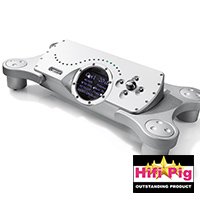




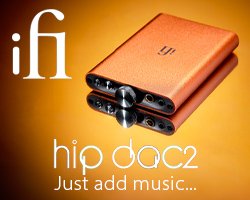

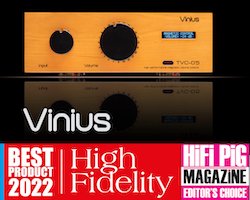


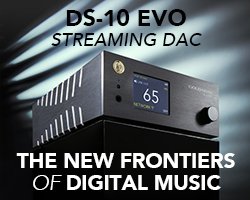


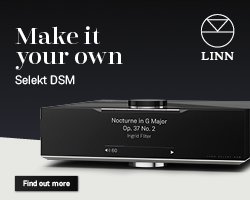
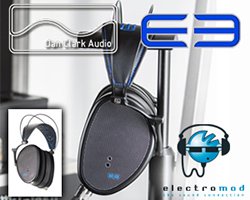















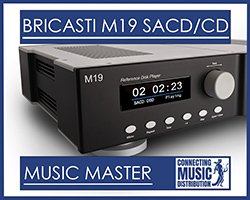





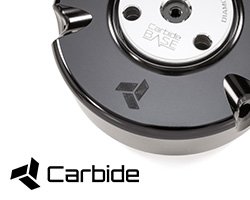
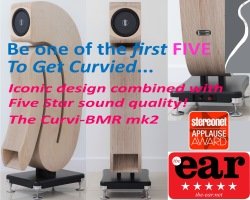
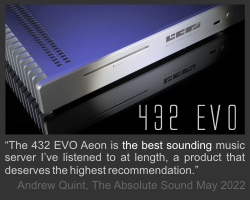
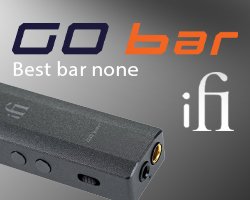



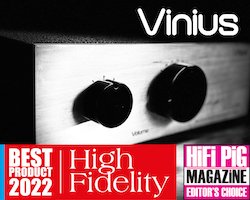
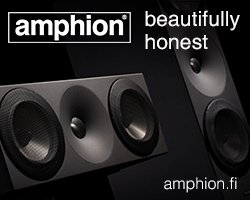








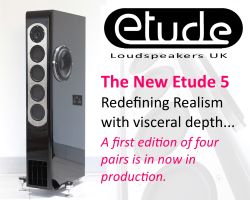

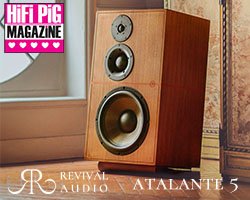


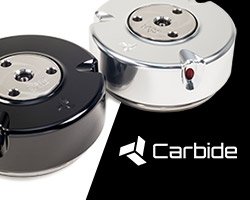
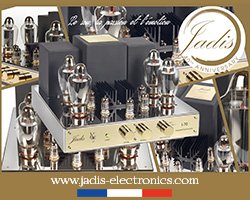



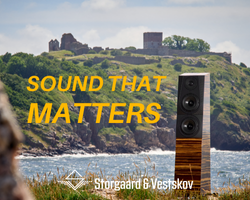





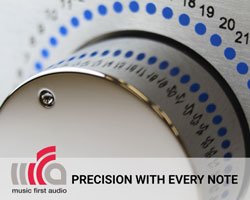





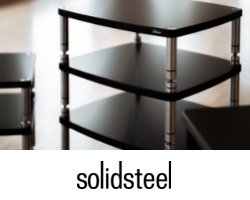
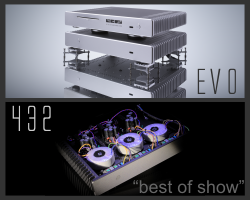


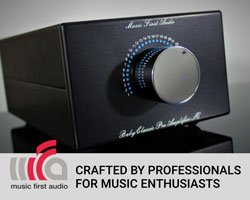



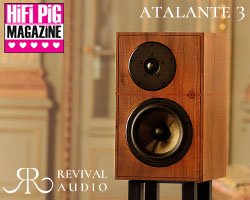



















































You must be logged in to leave a reply.